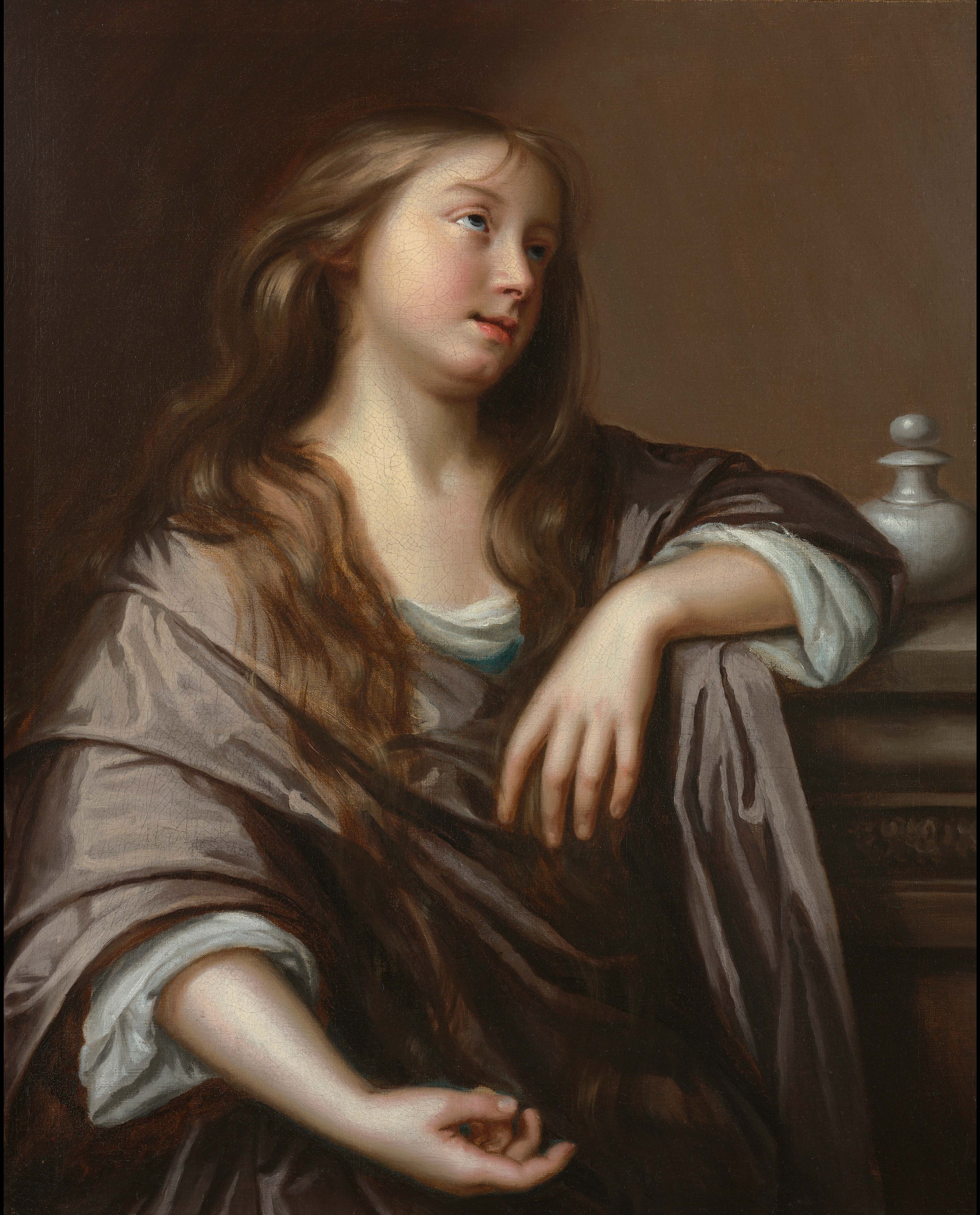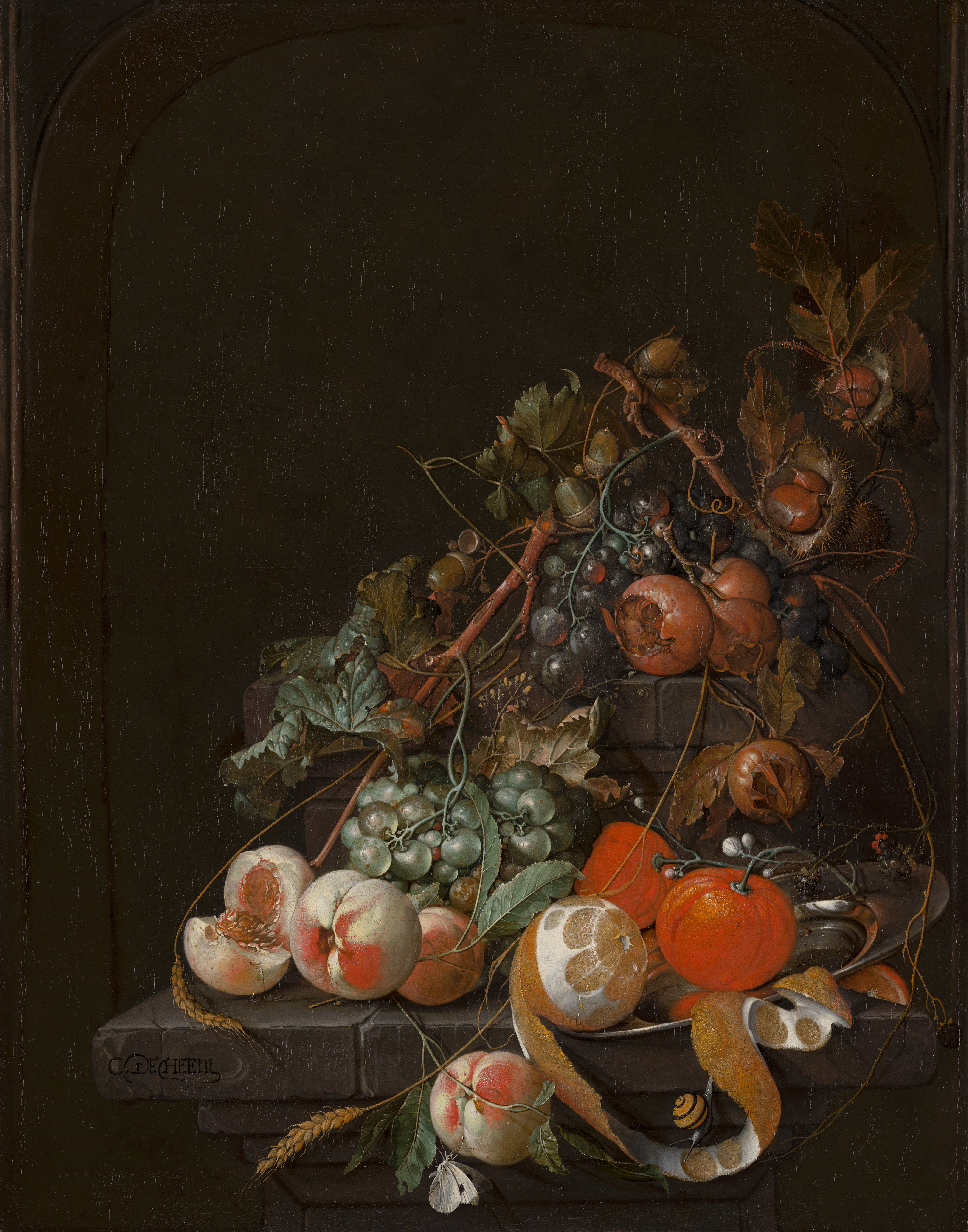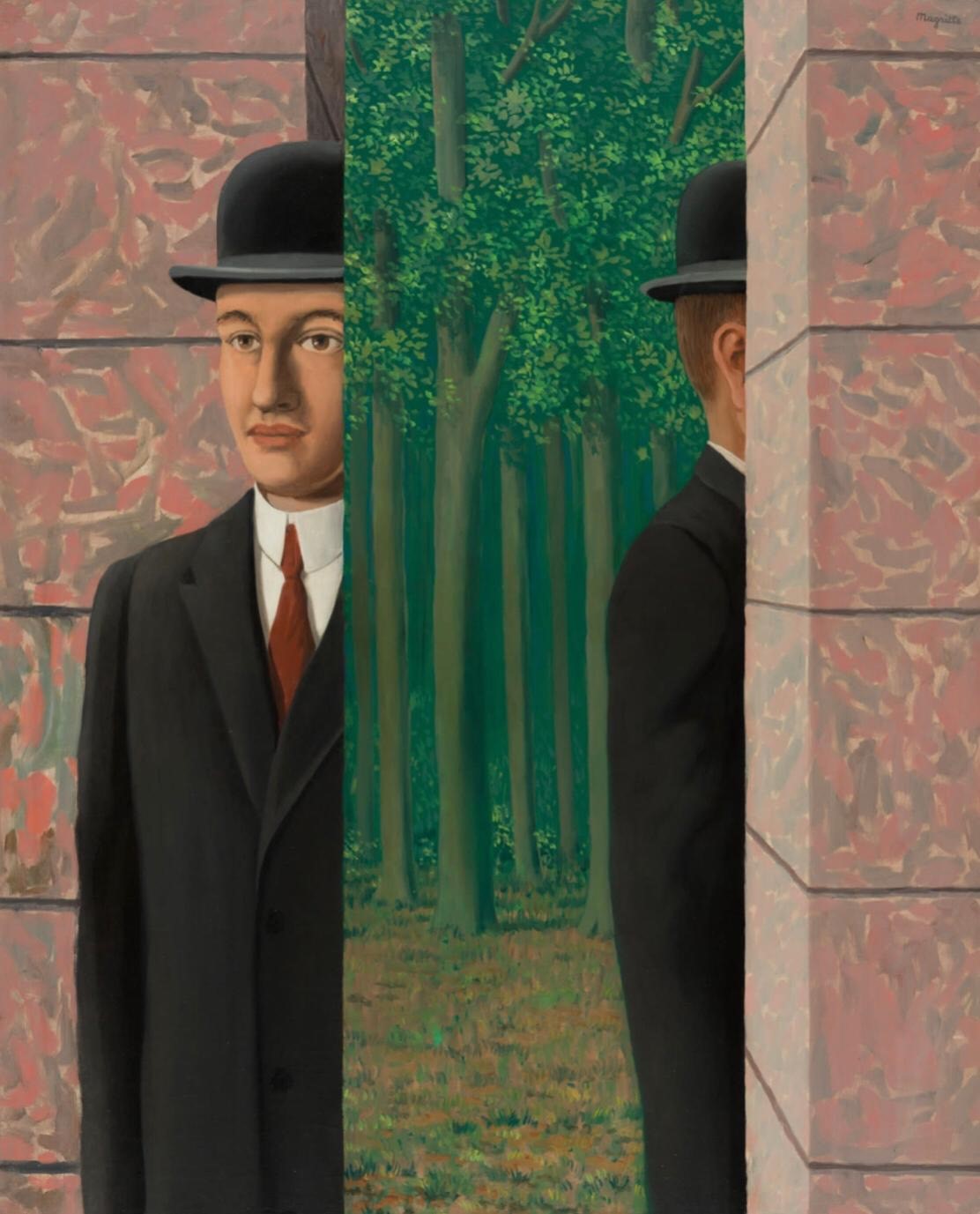Mary Beale (née Cradock; bapt. 26 March 1633 – bur. 8 October 1699) was an English portrait painter.
She was part of a small band of female professional artists working in London.
Beale became the main financial provider for her family through her professional work - a career she maintained from 1670/71 to the 1690s.
Beale was also a writer, whose prose Discourse on Friendship of 1666 presents scholarly, uniquely female take on the subject.








